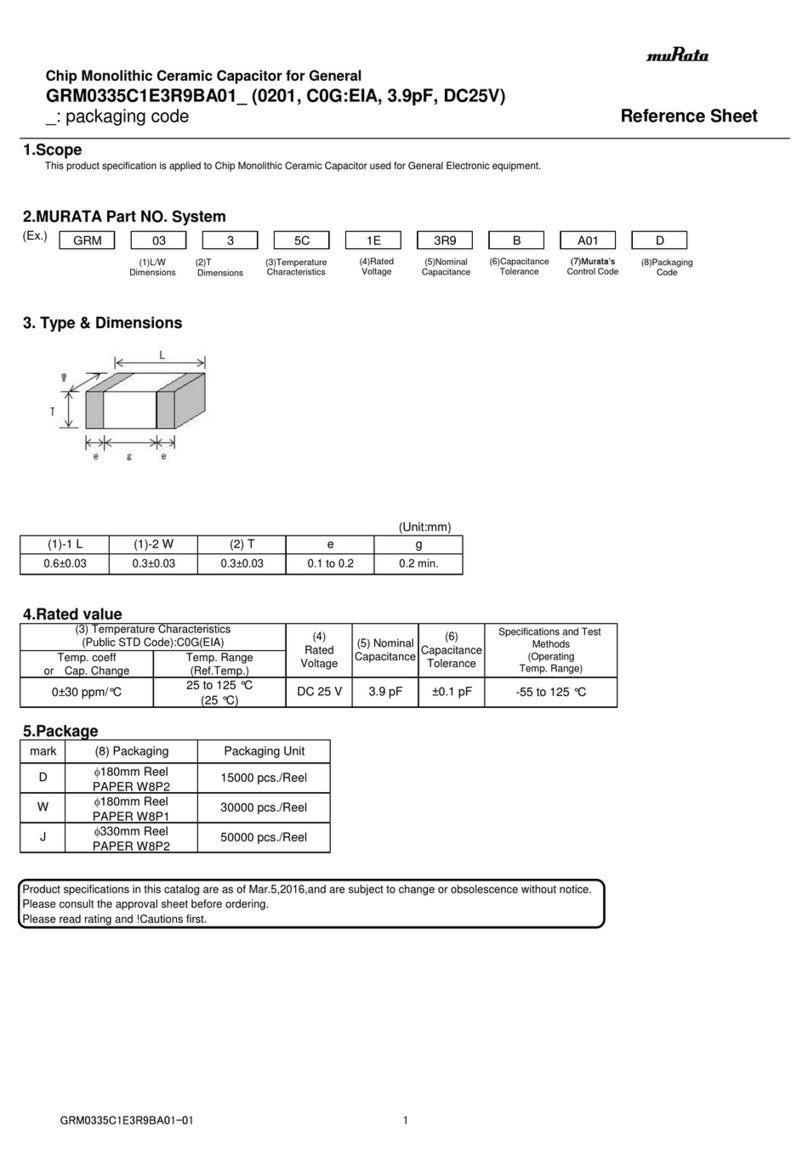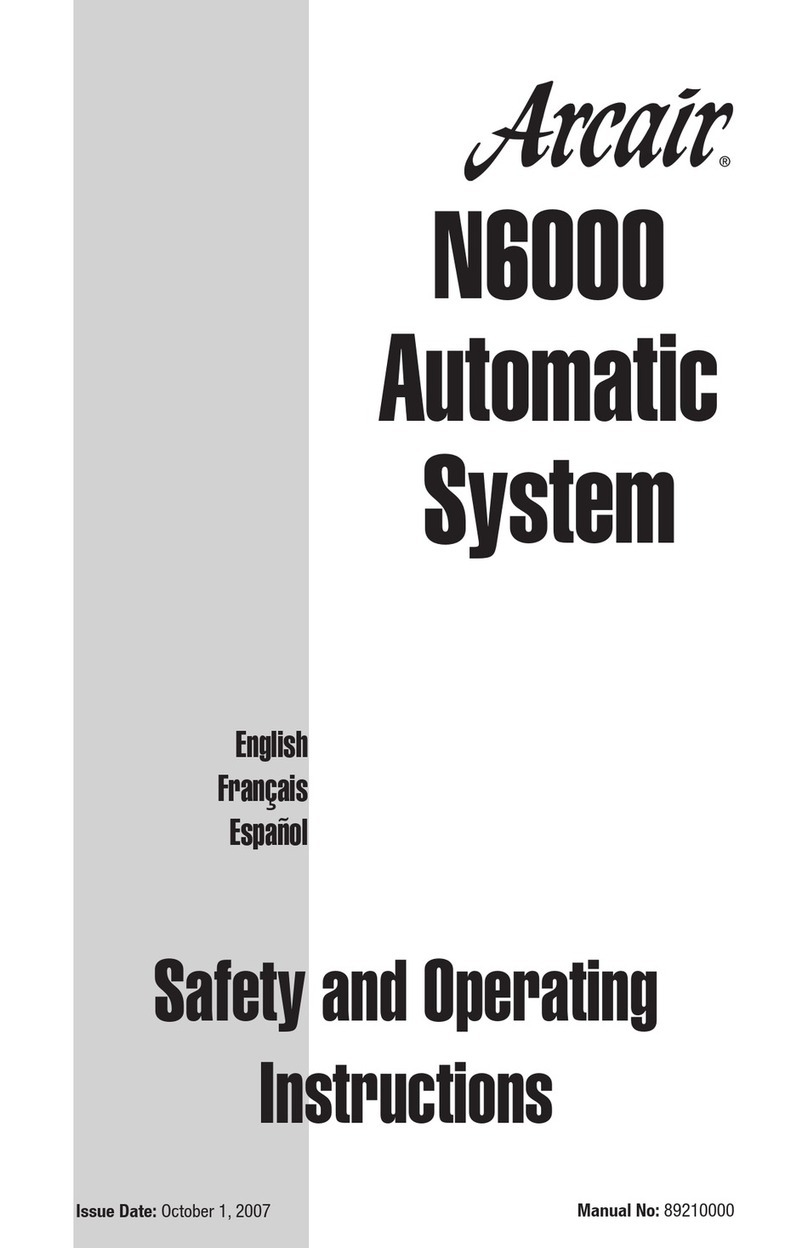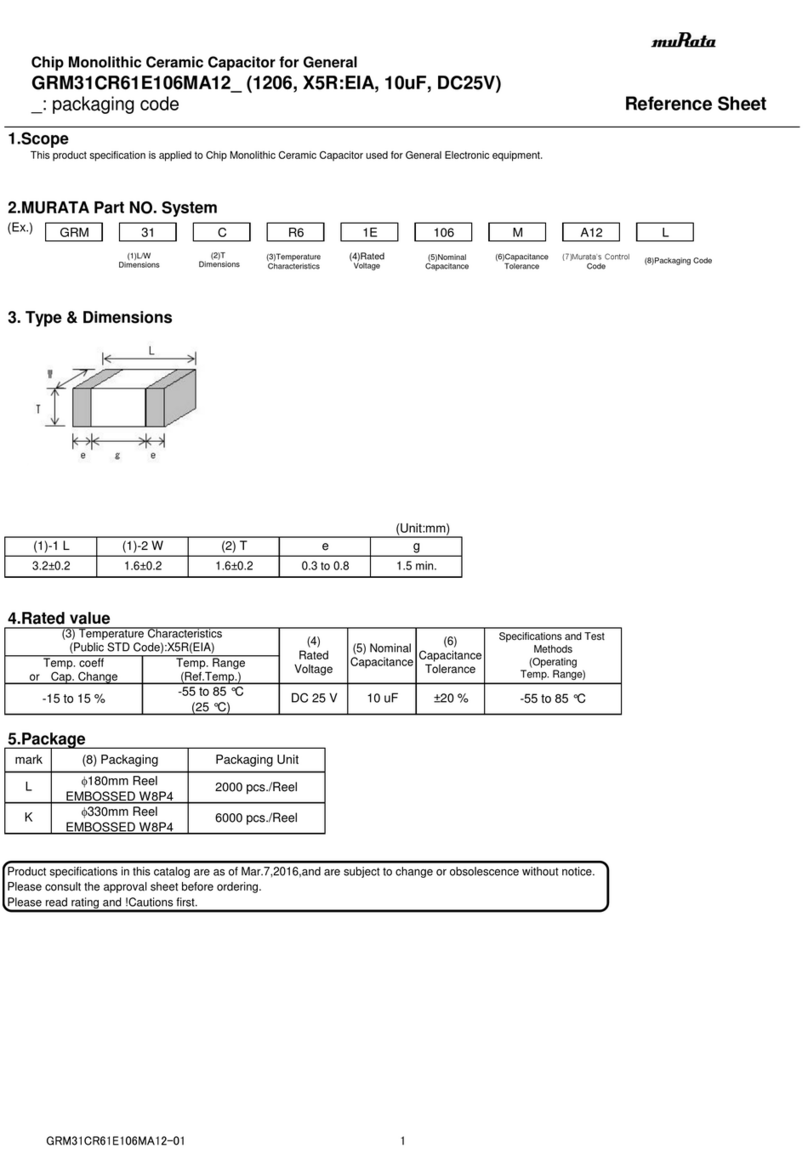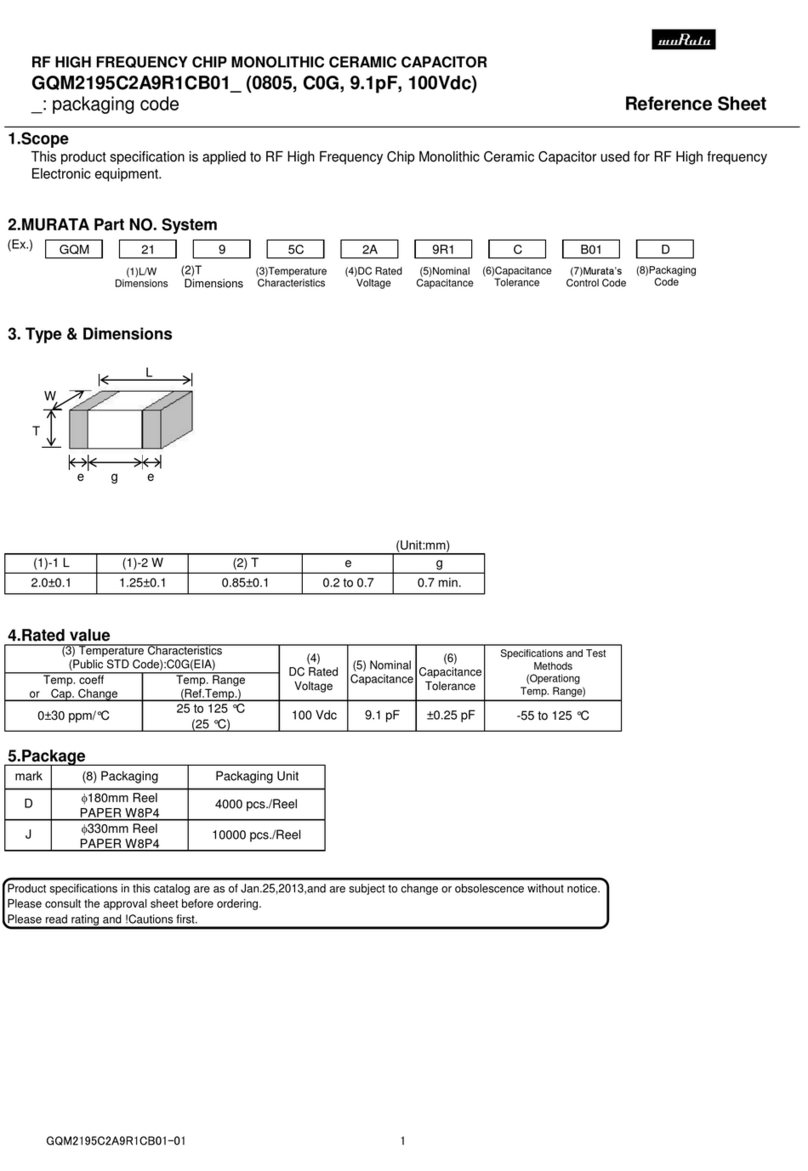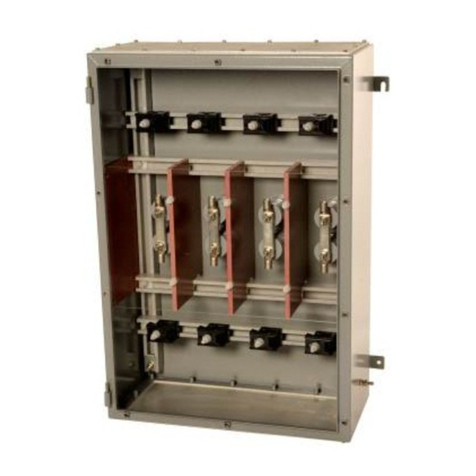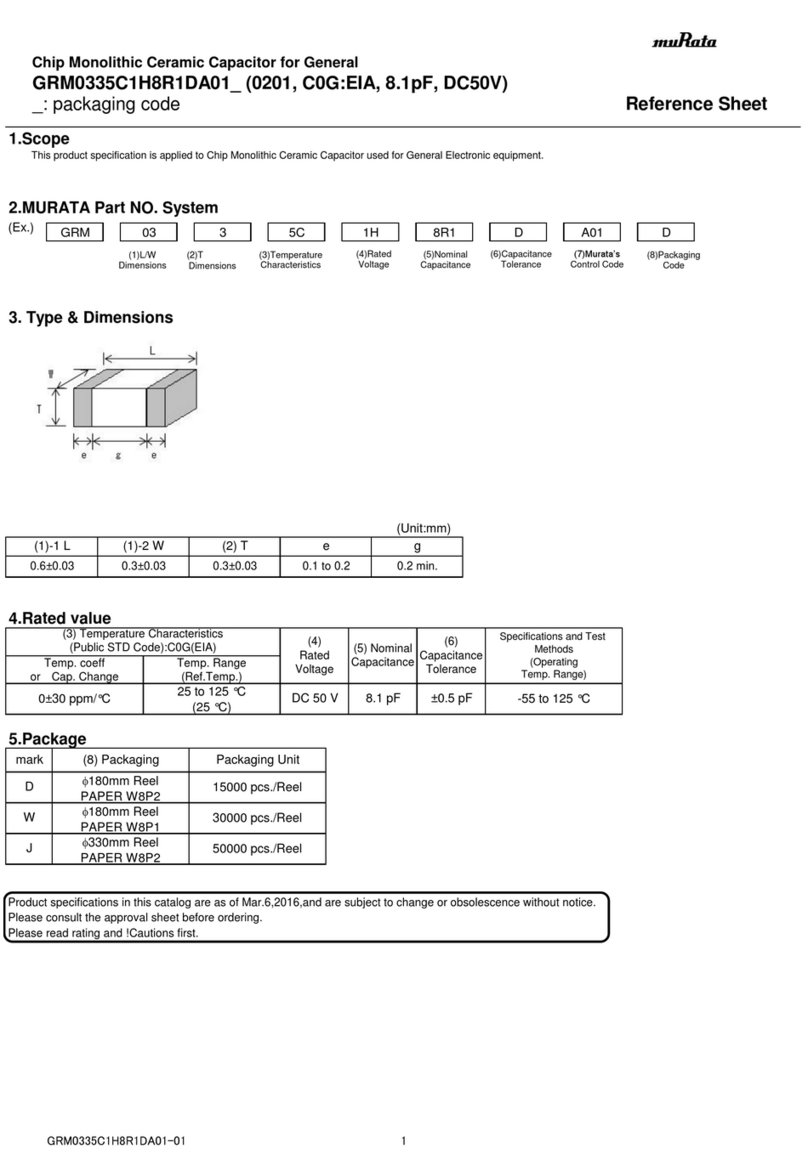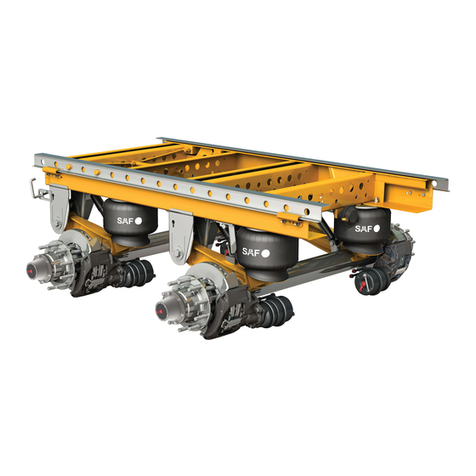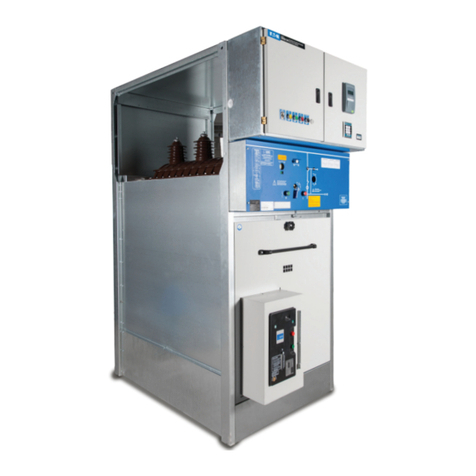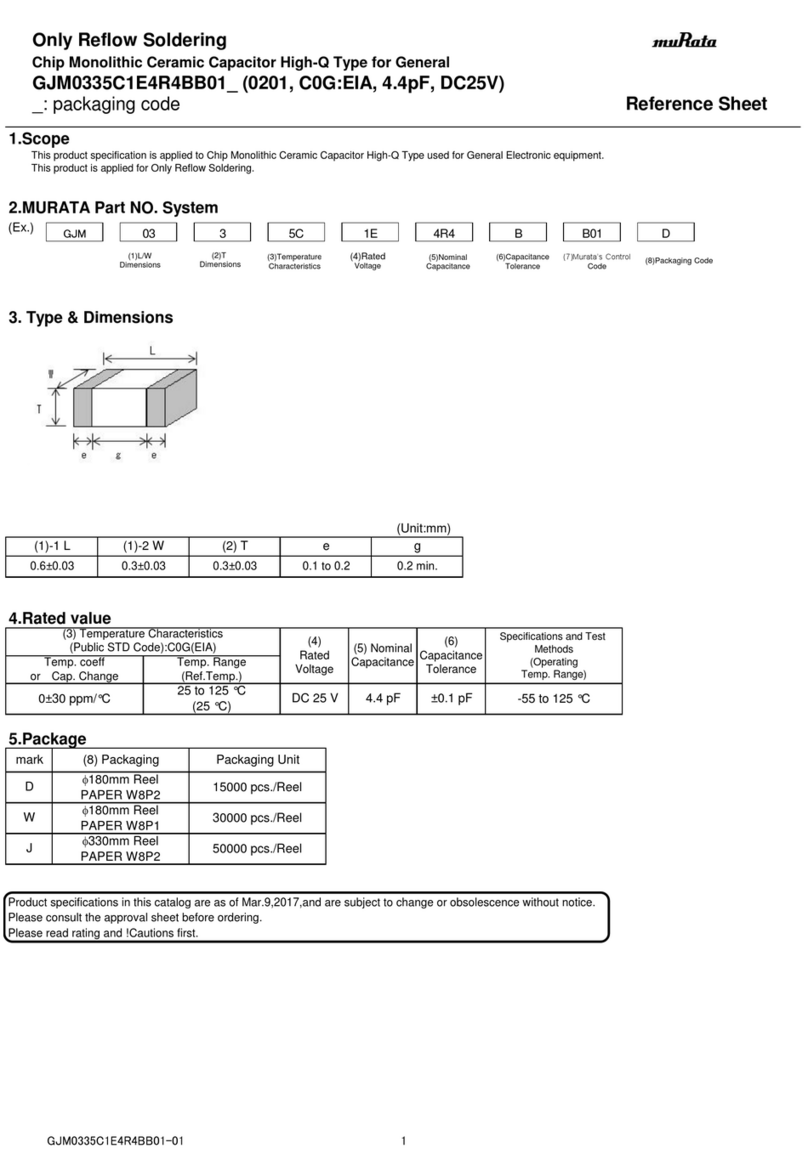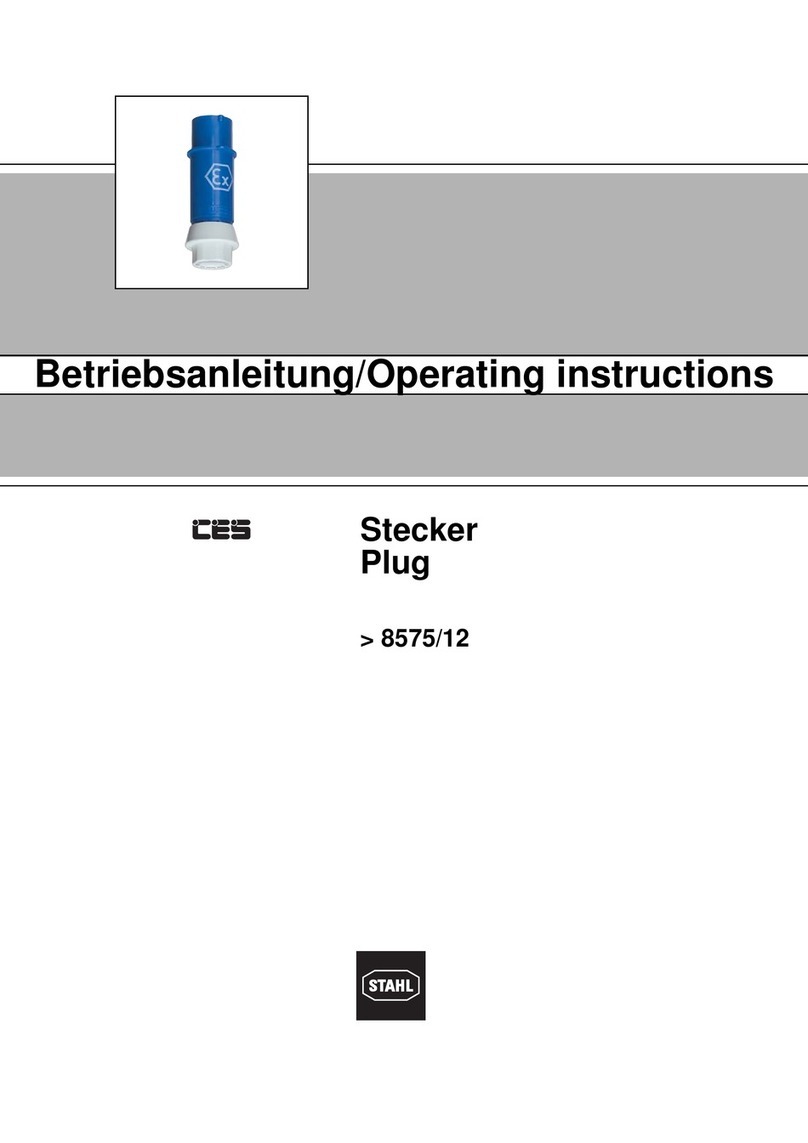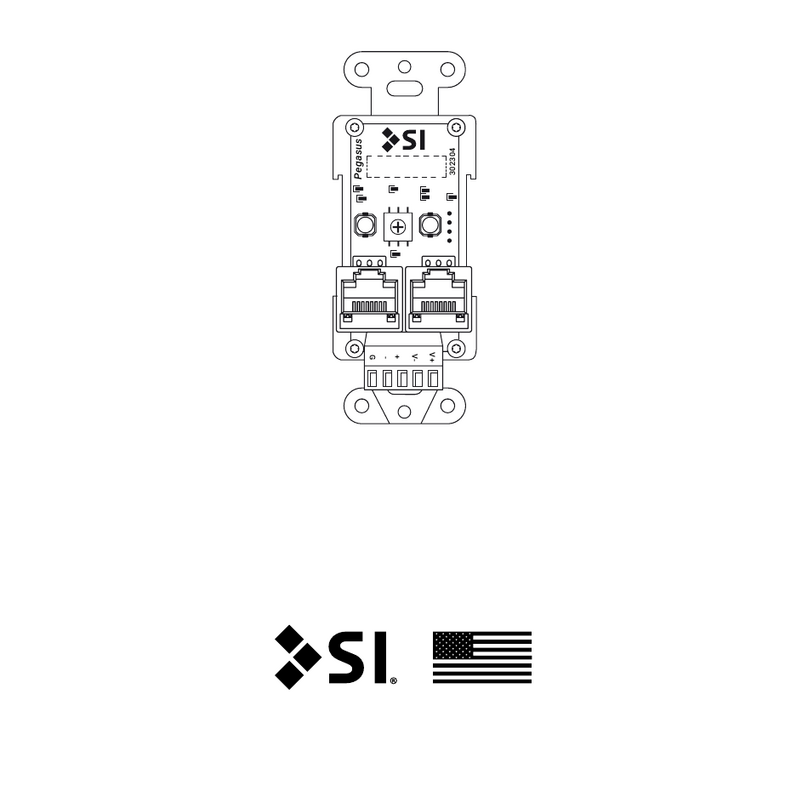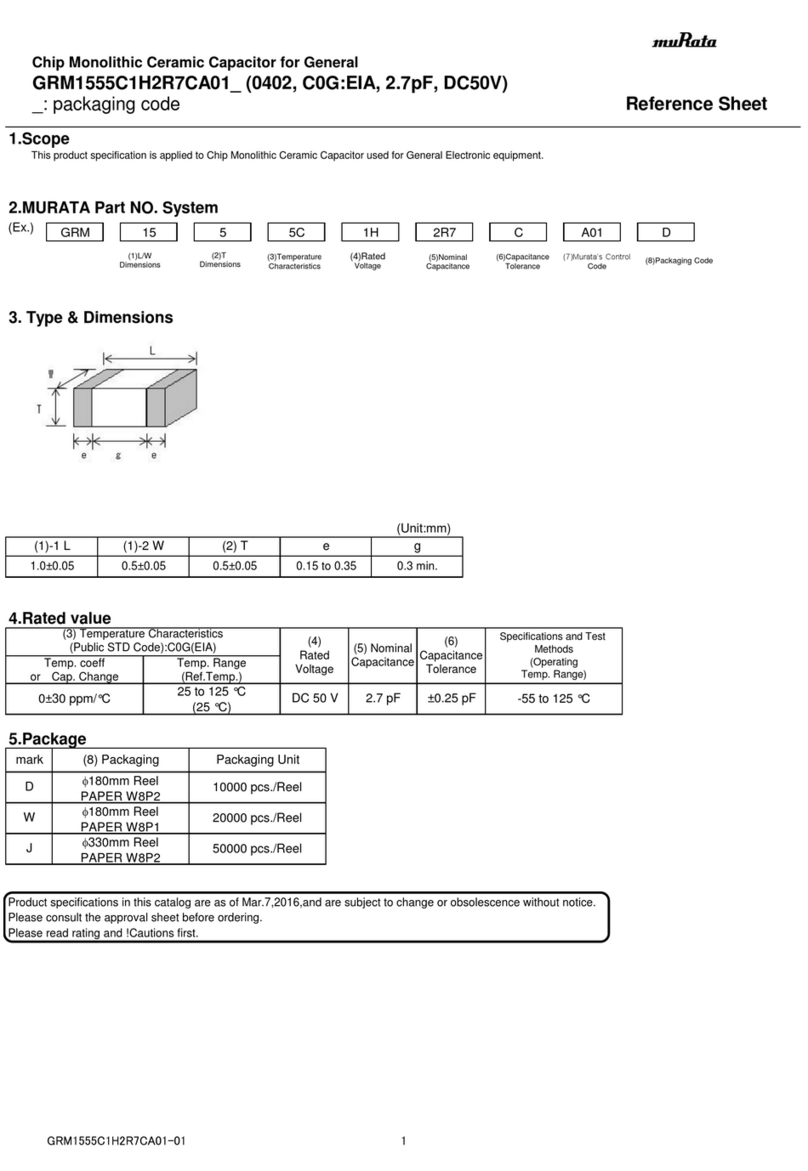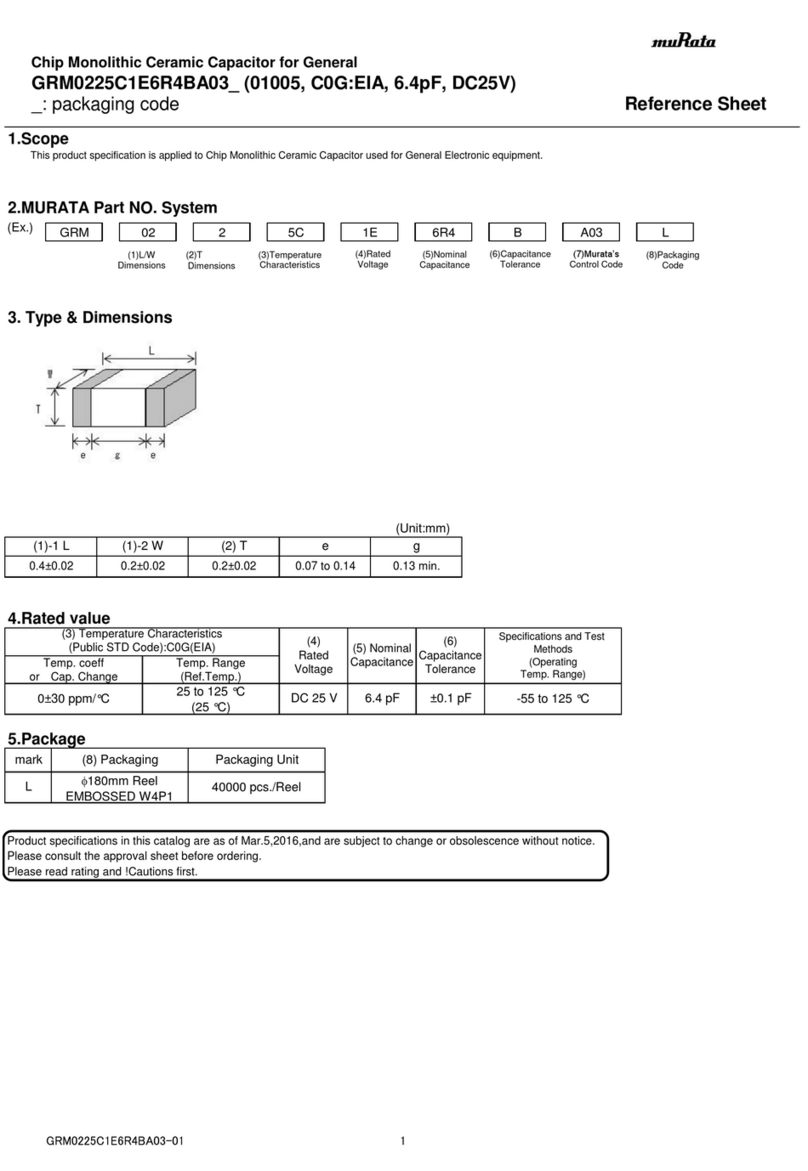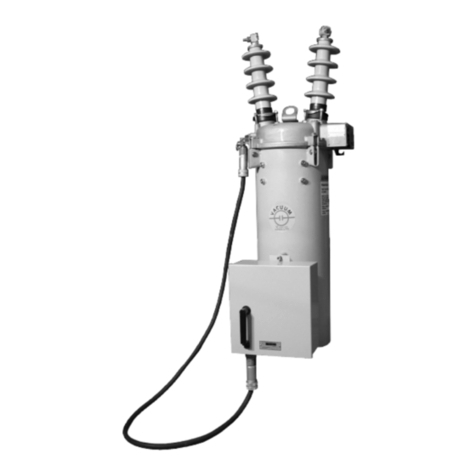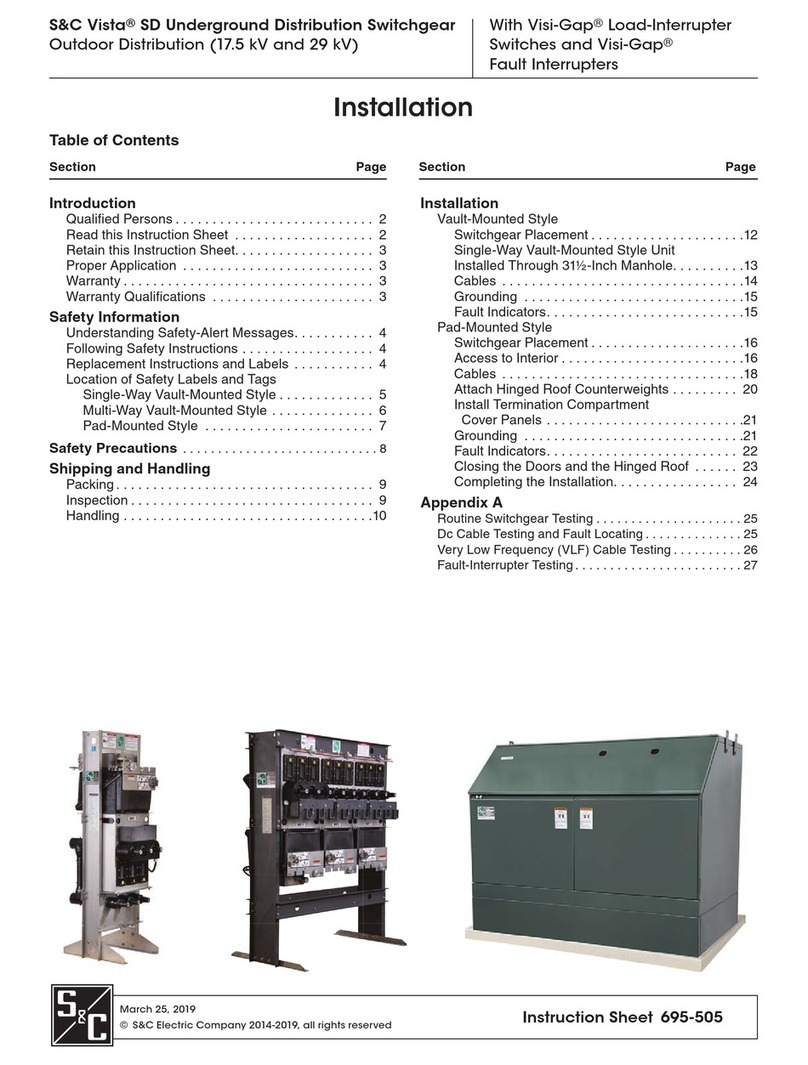6
(2) Delayed switching (program controlled switching)
Similar to the open-loop switching. Firstly switch off the first power supply, and then switch on the
second power supply after an adjustable delayed period. This adjustable period is enough for the
residual voltage to attenuate before connecting to the second power supply.
Application: Inductive (motor) load, recommendation of some UPS and VFD manufacturer.
(3) Closed-loop switching (parallel switching)
Off after On switching can make continuous power supply. Through the instant parallel of power
supply (<100ms) during the switching period, Seamless load switching from one power supply to
another is achieved.
Application: especially important load power supply, including hospitals and data centers.
(4) Isolated bypass switching
Automatic maintenance for main ATS. No need for cutting off the load power supply. Through the
parallel of two switches, the main ATS can be drew and maintained after switching to bypass
supply. The bypass switch increases redundancy to the system.
Application: especially important load power supply and maintenance, including hospitals and data
centers.
1.4 ATS switching control
ATS switching is controlled by ATS controller. The controller is generally used for inspecting the
work condition of monitored power supply (double lines). When the monitored power supply goes
wrong (e.g. phase failure, under voltage, loss of voltage or frequency deviation), the controller
sends operation signal and ATS automatically switches from one power supply to another. This
digital and intelligent ATS controller features the advantages of excellent performance, adjustable
parameter, close accuracy, high reliability and convenient in use.
ATS controller can be installed at following positions:
(1) At the ATS cabinet;
(2) On the generator set* or other user specified installation position;
* = Generator set controller has the ATS controlling function.
1.5 ATS
ATS is classified into two types: PC grade (integrated type) and CB grade (breaker type).
(1) PC grade: integrated type. It is the special switch for dual power switching, features the benefits
of compact structure, self interlock, rapid switching speed (within 0.3s), safety and reliability, but
requires a short circuit to protect the electric appliance.
(2) CB grade: equipped with over-current tripper. The main contact can be connected and used for
breaking the short circuit current, featuring the function of overload and short circuit protection.
(3) Contactor-type: applies reversible contactor with mechanical interlocking, more economical,
without short circuit protection.
